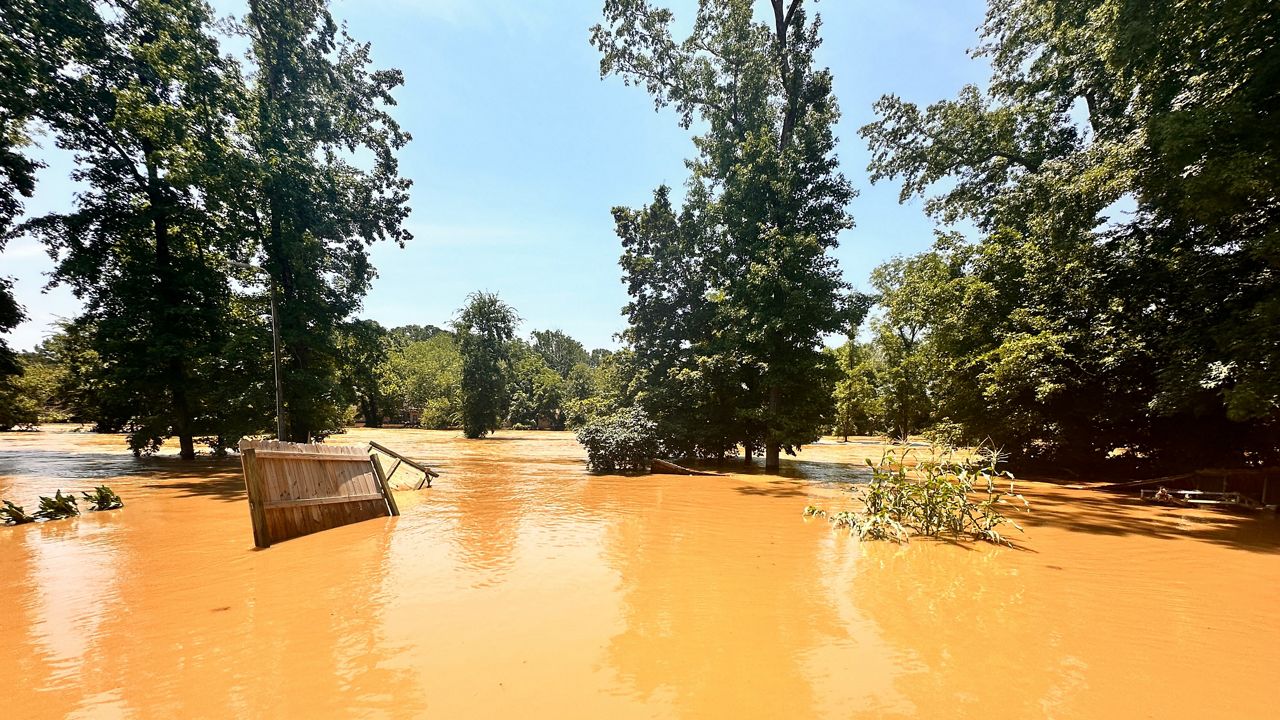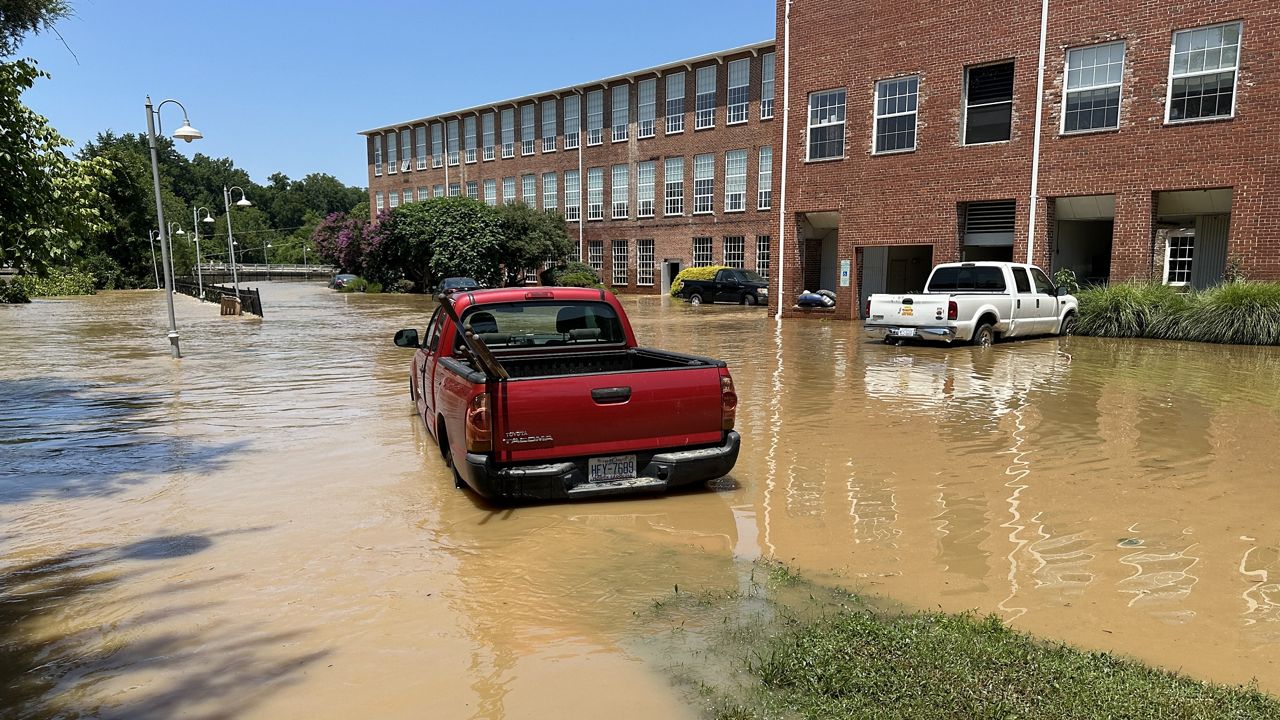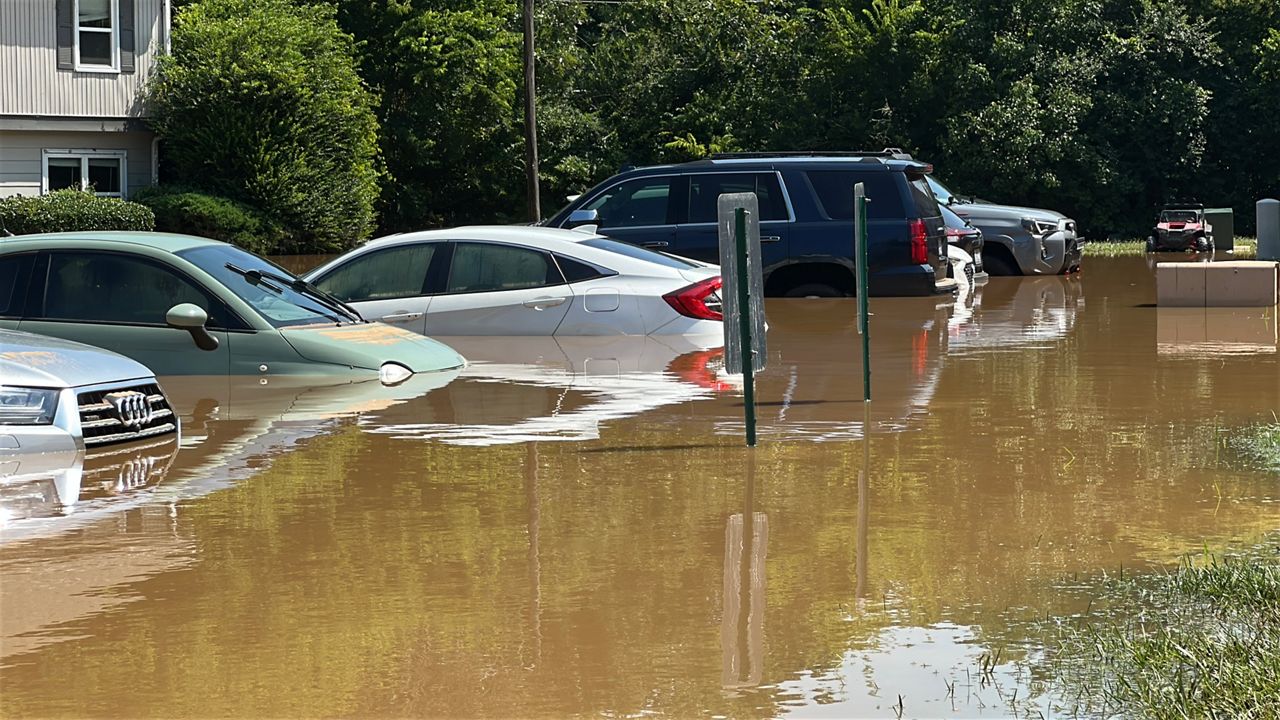NORTH CAROLINA -- As we all know, in 2018 we saw a lot of rain in North Carolina. Unlike many years, when one part of the state sees record rain and other parts of the state see little rain, all of North Carolina in the past year saw a steady flow of moisture that led to some pretty incredible rainfall totals for the year.
All National Weather Service weather reporting stations across North Carolina reported well above average precipitation totals for 2018. Most reported totals that were at least a foot above average.
The over all weather pattern for the state in 2018 led to numerous systems bringing widespread rains from the mountains to the Outer Banks.
- Raleigh-Durham, Greensboro, Fayetteville, Asheville and Wilmington all set new precipitation records for the year.
- Wilmington saw an amazing 102.40 inches of precipitation in 2018. That shattered the old record 83.65 inches set in 1877.
- Hurricane Florence, Hurricane Michael as well as an early season winter storm in December all contributed to the record-setting rain amounts
For southeastern and central North Carolina, it was Hurricane Florence that brought a great deal of that rain, as the tropical system dropped anywhere from one to two feet of rain over several days as it slowly made its way through the Carolinas in September. Of course, this led to the catastrophic flooding we saw from the central and southern coastal plain to the Sandhills.
A few weeks later, Hurricane Michael moved across the state, this time it was the western parts of North Carolina that saw more rain and more flooding concerns for the mountains and foothills.
The early season winter system in December added to our statewide precipitation totals as it produced a mix of snow and ice for some and just more a lot more rain for others.
And on the final day of 2018, most reporting stations reported a little more rain in their rain gauges. A fitting end to the this wet weather year of 2018.
The overall pattern continues to point toward an increase chance of precipitation as we start 2019 with the three-month outlook indicating above average precipitation into March.
So it looks like 2019 is going to take up where 2018 left off and you might need to keep that umbrella close as we move into the brand new year.






)


